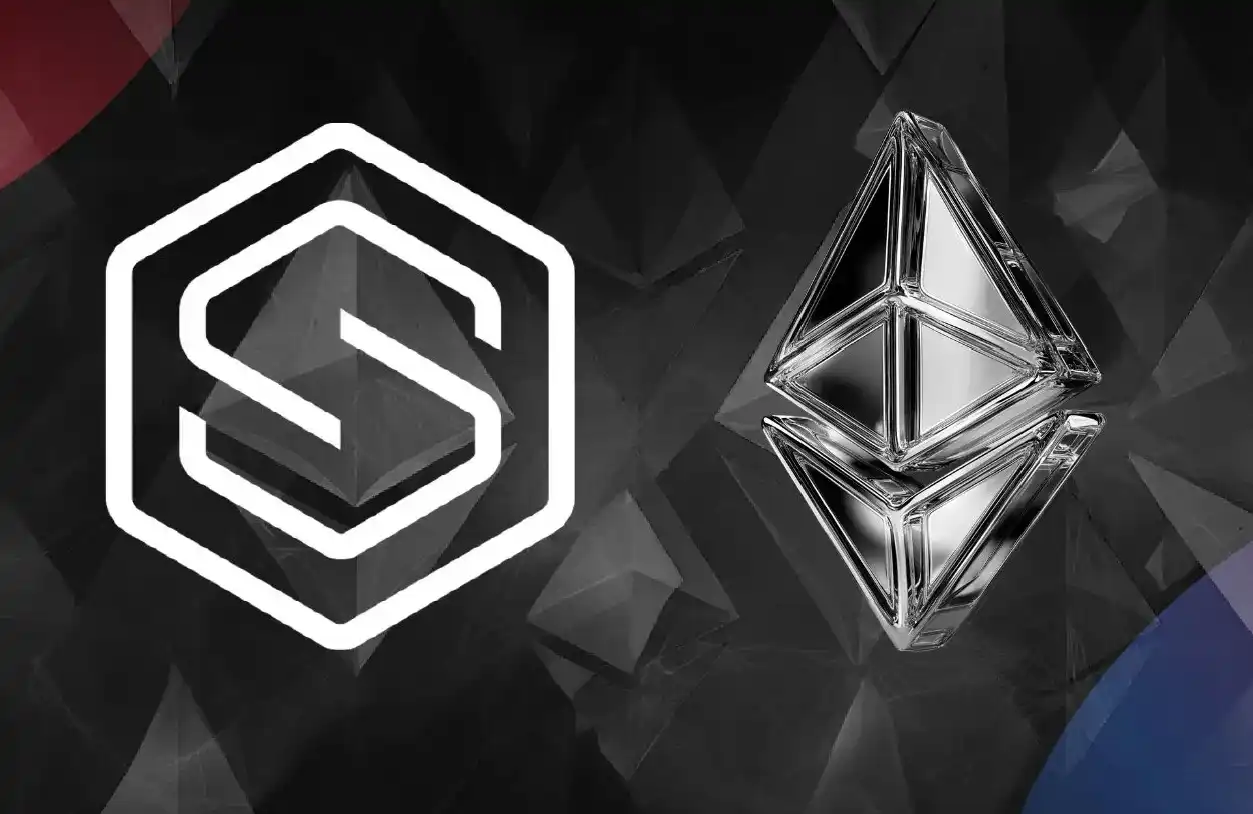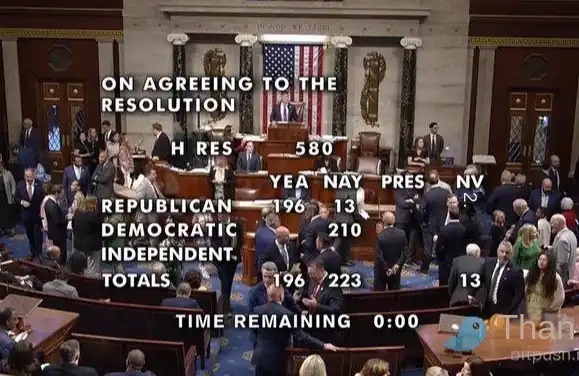Why am I not so optimistic about Layer 2?
Original Title: I Don't Like Layer 2 Anymore
Original Author: Cody Poh, Spartan Capital
Translated by: AI Assistant
Editor's Note: Cody Poh, an investment assistant at Spartan Capital, expresses his value judgment on Ethereum Layer 2. He believes that there is a theoretical "glass ceiling" for the valuation of Layer 2, and Ethereum L1 guarantees the security of L2 activities through its consensus mechanism, which theoretically limits the value of L2 should not exceed L1. In addition, he also believes that aggressive token releases and incentives will continue in this cycle until there is a clear winner in the competition of Layer 2.
Last June, when the trading price of Optimism exceeded 5 billion FDV, I expressed optimism on Twitter, stating that the value of this red coin was severely underestimated.
Optimism has generated over $40 million in annualized fees and has just announced the Superchain vision, where chains that choose to join the ecosystem will pay Optimism for its sequencing fees or profits. In other words, I will be paying approximately $5 billion for a chain ecosystem that includes the Base and OP mainnets.
With the approaching upgrade of EIP-4844, which is expected to occur on March 13, 2024, the value of Optimism, as a direct beneficiary, has significantly increased, with the current FDV exceeding 15 billion US dollars. Therefore, I believe it is time to review the original investment thesis, as the main catalyst is taking effect.
When it comes to the potential incremental increase that Optimism may further obtain, the more doubtful I become. Don't misunderstand me, I believe that Optimism, along with OP Stack and the broader Superchain ecosystem, has become an important infrastructure in the Ethereum ecosystem. The $OP token may still perform well in this cycle, but I still have some important questions about Layer 2 as a whole:
Layer 2 valuation has a theoretical "glass ceiling"
The relationship between Ethereum L1 and L2 can be simply described as follows: Ethereum L1 ensures the safety of activities on L2. Based on this, the overall value of L2 theoretically should not exceed that of Ethereum L1, because Ethereum's consensus mechanism provides verification of the activities that occur on L2. It doesn't make sense to use a lower-cost chain to protect activities on a higher-cost chain; otherwise, why would L2 settle on this underlying layer?
In theory, L2 and even L3 can choose to settle on any blockchain, depending on which features these blockchains want to inherit. For a layer 2 settlement that chooses to settle on Ethereum L1, this blockchain chooses the security provided by Ethereum validators through the consensus mechanism; it also chooses the liquidity accumulated by Ethereum, as well as the bridging facilities protected by the Ethereum consensus mechanism.
This assumption should be considered correct unless "Settlement Layer as a Service" becomes more commoditized during this cycle with the emergence of projects like Dymension, or other general Layer 1 solutions can provide the same feature set as Ethereum L1 currently offers.
The rebuttal to the "glass ceiling" problem is that if any Layer 2 can take off on a large scale in a way that attracts the next millions of users, it will become a reality. Value-added services may eventually penetrate the Ethereum base layer, effectively removing the "glass ceiling" mentioned above. My only doubt about this view is:
· Considering the current market valuation of Ethereum (330 billion USD), I believe it will be difficult to push Ethereum to a certain level solely relying on native cryptocurrency. Ethereum needs a large influx of external funding (such as from ETH ETF) to exceed some of the valuation targets we have set for this cycle.
· In the world of fundamental cryptocurrency investors, "security demand" or "currency demand" is still a relatively new concept; in terms of infrastructure investment, it requires this school of thought to become the overall framework.
· The value accumulation from Layer 2 back to Layer 1 is usually reduced by more than an order of magnitude; this problem becomes even more severe after the execution of the EIP-4844 upgrade, as the cost of data feedback to Ethereum will actually decrease by more than 10 times - not to mention that Layer 2 will batch process multiple transactions, so the cost of processing 10 times the volume on Ethereum will be more than 10 times higher.
Layer 2 warfare is essentially a cannibalistic war
According to the above logic, the collective TVL on Layer 2 is always a subset of the entire TVL on Ethereum, because part of the reason Layer 2 chooses to settle on Ethereum is due to deep liquidity. When we have a bullish bias towards a single Layer 2 token, we are basically making the following assumptions:
· ETH TVL will still increase by one to three times compared to now, and in a more optimistic scenario, people assume it will increase by twice the current level;
ETH TVL currently exceeds 40 billion, reaching a peak of over 100 billion in the previous cycle. Each Layer 2's ETH TVL must be three or four times the previous peak in order to have sufficient TVL and conduct transactions worth billions of dollars, providing enough room for growth and making investments interesting.

· The Layer 2 TVL, as a subset of ETH TVL, will continue to grow;
Considering the main Layer 2 solutions, including Optimism, Arbitrum, Polygon, as well as newly created Layers such as Manta and Blast; the current share of total TVL in Layer 2 has exceeded 20%. By investing in Layer 2, we assume that this percentage can at least be multiplied by several times.
As early as January 2023, there were only 3 "rollups" in the market, accounting for about 10% of the total. Fast forward to January 2024, there are more than ten general rollups in the market, but this percentage has only doubled, which means that the average TVL of each aggregation has been declining.

· Building on this foundation, your favorite Layer 2 solutions (such as Optimism or Arbitrum) have somehow managed to achieve more TVL than those flashy new giant farms (such as Blast or even Manta).
Due to the aforementioned two structural reasons, my optimism towards Layer 2 as an industry has decreased. I believe that individual Layer 2 solutions may still perform well - but this is more due to specific reasons rather than a general growth of the entire industry that will eventually generalize to all Layer 2 technologies. Two examples that come to mind include:
Optimism - $OP can still serve as a proxy bet for the entire superchain ecosystem, and investors are betting that Base will ultimately attract the next wave of millions of retail investors, as it is close to Coinbase, or Farcaster successfully defeats Twitter and becomes the de facto encrypted social application.
Polygon - If it establishes partnerships with Japanese institutions such as Astar or traditional financial institutions such as Nomura/Brevan Howard, $MATIC or $POL may exhibit parabolic trends; or its zero-knowledge proof-driven aggregation paper may perform well and achieve atomic interoperability between all zkEVMs.
I can hardly imagine that in a universe, just because of its excellent performance in commercial development, a single Layer 2 can defeat all competitors and ultimately attract all top-tier local partners in the crypto industry, such as gaming and DeFi protocols. If not, how can we be optimistic about and invest in any Layer 2?
Radical Token Redemption Plan
Another important factor to remember is the aggressive release schedule of these new Layer 2 solutions in the next cycle. This is why I am biased towards older tokens like Optimism and Polygon in this situation, as they have already gone through the steepest part of the release schedule; of course, in hindsight, this is reflected in their relatively compressed valuations.
The aggressive monthly unlocking of $OP tokens has always been a fatal weakness for the token price. However, as I mentioned, the incremental selling pressure will gradually weaken relative to the future circulating market value.
MATIC token ownership is almost complete, and with the migration to POL token, the future annual inflation rate will be only 2%, which is considered reasonable compared to other PoS chains.

On the other hand, some relatively new Layer 2 tokens will begin to unlock in the coming months. Considering the scale of funds on these chains and the valuations they received in their seed and private funding rounds, it is not difficult to imagine that investors will not hesitate to sell on the market.

Welcome to join the official BlockBeats community:
Telegram Subscription Group: https://t.me/theblockbeats
Telegram Discussion Group: https://t.me/BlockBeats_App
Official Twitter Account: https://twitter.com/BlockBeatsAsia
 Forum
Forum OPRR
OPRR Finance
Finance
 Specials
Specials
 On-chain Eco
On-chain Eco
 Entry
Entry
 Podcasts
Podcasts
 Activities
Activities








